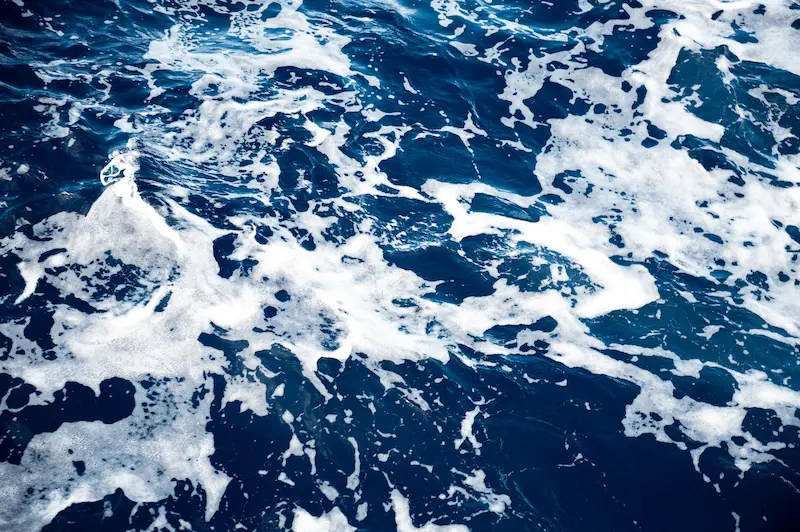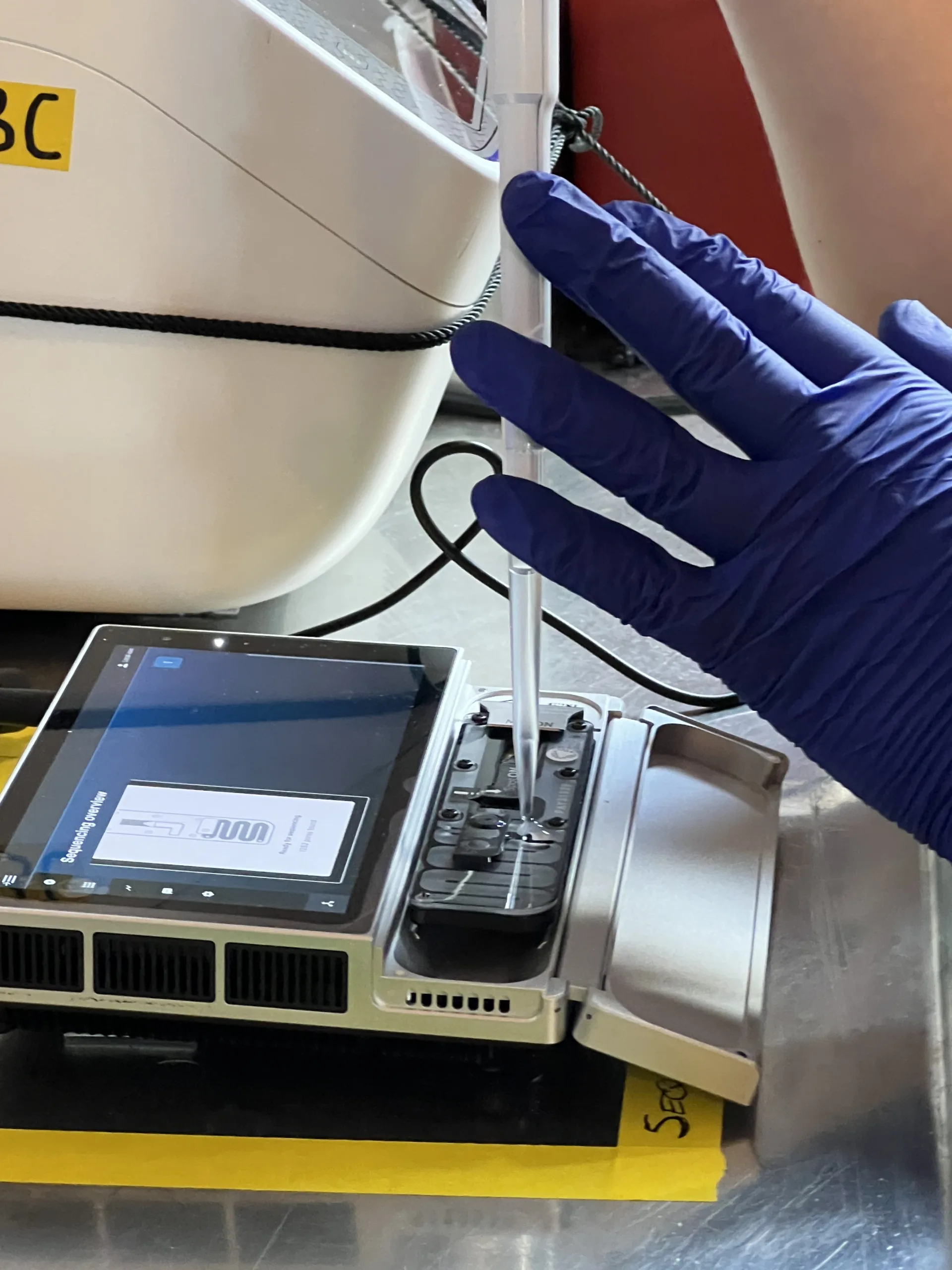While at sea, our students learn how to safely deploy and recover modern sampling instruments, conduct chemical and biological laboratory research, analyze oceanographic data, and operate a fully equipped research vessel. The suite of sampling conducted depends on the cruise track and student project needs. SEA’s scientific work occurs both far offshore in the open ocean and along a diversity of coastal ecosystems. Voyages frequently transit several oceanographic provinces and climate regimes, forming the basis for robust spatial comparisons; where historic data is available, temporal trends are examined. When SEA ships visit islands and mainland ports, coastal-to-offshore transects and studies of nearshore processes and ecosystems are carried out. Click here for a list of the scientific equipment carried onboard our ships.

Phytoplankton and bacteria
Direct measurements of seawater chlorophyll-a concentrations allow SEA students to estimate the quantity of phytoplankton, while net tows and microscope identification indicate which organisms are present.

Zooplankton and other organisms
Through net tows and field observations, SEA students explore the composition, diversity and geographic distributions of these populations and/or individual species of interest.

Nutrients and seawater chemistry
Direct measurements provide both nutrient and oxygen concentrations for water samples collected using the ship’s CTD-Carousel, allowing study of spatial- and depth-associated patterns. Nearshore, SEA students further examine the ways coastal runoff, waste/stormwater management, and pollution influence marine chemistry.

Ocean circulation
SEA’s physical oceanographic research draws heavily upon the data collected by our ADCP system, which provides real-time current speed and direction through the upper water column, and CTD profiles measuring temperature and salinity characteristics below the sea surface. With these tools, SEA students explore local- to basin-scale circulation patterns in the surface and deep ocean, as well as their impacts on global climate, marine biology, and seawater chemistry. Our decades-long data archive offers students the opportunity to investigate temporal changes as well, such as shifting Gulf Stream conditions in the North Atlantic or El Niño Southern Oscillation dynamics in the tropical Pacific.

Genomics
Targeted gene sequencing, pooled metabarcoding, and whole genome sequencing approaches are all techniques SEA students can leverage in both on-board and campus-based laboratories. Using the highly portable Oxford Nanopore Technologies minION platforms, we add molecular inference to our set of biodiversity tools.

Marine sediments
Many of SEA’s research voyages travel across portions of the ocean where the seafloor is four to five kilometers deep, well out of reach of our geologic sampling equipment. Regardless of location, our single beam depth sounder, the CHIRP, provides a continuous record of the depth and shape of the seafloor. When in coastal waters for longer periods of time, the ship’s gravity corer and Shipek grab sampler may be used to collect and examine recently-deposited sediments that offer insight into marine geologic processes.s well, such as shifting Gulf Stream conditions in the North Atlantic or El Niño Southern Oscillation dynamics in the tropical Pacific.